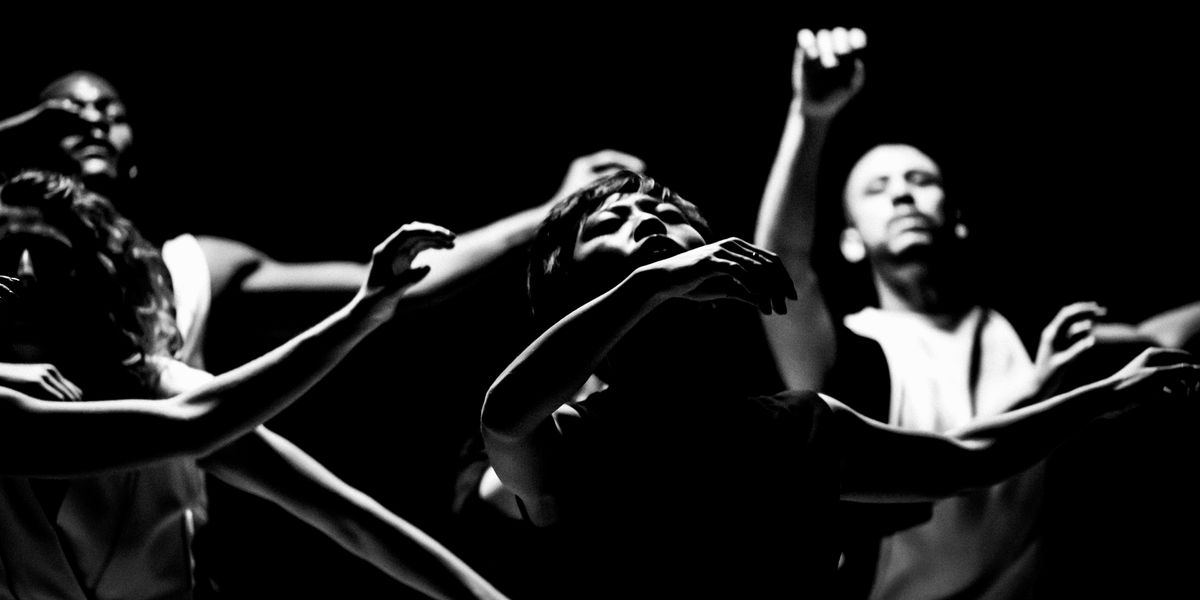Why Social Media Campaigns Don't Always Lead to Ticket Sales
We’ve all been there: You see the craziest/most beautiful/oddest/wildest clip of a dance on Facebook and you simply have to see more.
But do you actually get yourself to the theater and sit through a 90-minute performance? The consensus, at this point, typically seems to be: No.
There is no clear correlation between a company’s social media campaigns and how many seats they fill in the theater. That doesn’t mean social media isn’t, of course, vital. It simply means that “social media campaigns operating without other marketing campaigns don’t cut it,” says Rob Bailis, associate director of Cal Performances at UC Berkeley. “But campaigns without social media are far worse off.”
Social Media Is Its Own Art Form
Part of the complication is that concert dance doesn’t translate to video particularly well: “It harkens back to the problem dancemakers have had presenting themselves to funding bodies,” Bailis explains. “They have to capture, in a three-minute clip, something cogent about their aesthetic intentions.” A piece that builds over 60 or 90 minutes cannot possibly be grasped in 30 seconds. Nor do most dance companies have the tools one needs to create high-quality, commercial-grade video content.
Digital platforms being what they are, the question becomes: “How do you make something that is its own thing, that lives on its own platform?” says Brian Carbine, communications manager for L.A. Dance Project.
More and more artists are creating content meant exclusively for viral consumption: Think of Justin Peck and Robert Fairchild tap dancing through a New York City subway station, or Houston Ballet parodying “The Office” using characters from story ballets. These videos are not clips of performances, but short dance films that take on their own form and require a whole different set of skills to produce.
Another strategy dance companies use is posting behind-the-scenes footage, which gives audiences a thrilling sense of intimacy. “When I started with LADP, I wanted to emphasize process,” Carbine explains. Along with rehearsal photos, many companies showcase class footage or video shot from the wings.
“Having a 360 on the work from inception to creation to performance is something social media does well,” Bailis says. It also takes the pressure off those who feel intimidated by dance. “As an audience member, you can celebrate people doing something interesting in process as much as you can enjoy the finished dance.”
What Actually Translates to Tickets
The presence of viral dance content in someone’s personally tailored feed may not cause them to suddenly buy tickets to performances. But it can help make dance feel less unfamiliar, “causing us to think of movement as something we can relate to,” says Bailis. “That does influence whether you’d imagine yourself at a dance show.”
Part of an audience imagining themselves there, however, sometimes has little to do with their love of dance: It may have to do with someone else they love—or, more likely, an influencer—posting about dance.
Or it might have to do with boosting their own online presence. Via social media, people want to be seen in interesting places. They wonder, “Will I be able to capitalize on that performance with a visual for my social media?” (Think of all those shots of people posing with their Hamilton programs.) ” ‘Can I get a picture of me in that?’ ” says Bailis. “Or ‘How is my presence at the performance valuable to my social media presence?’ ”
Still, it takes practice for new audiences to be ready to watch the most complex forms of concert dance, says Bailis. “You can condense a work into those short, beautiful moments online—but in the theater, the audience still has to absorb the rest of the piece. But if you can develop that concentration, dance can change people. It speaks to who we are at the deepest level of embodiment.”




